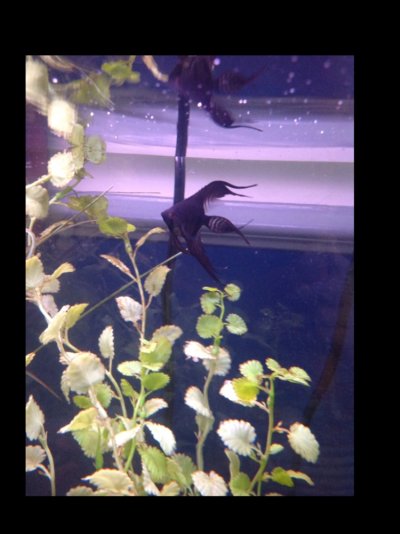Andy Sager
Aquarium Advice Addict
Here in VA a few of my privately owned lfs have almost baseball sized angels. I saw some black veils that really caught my eye! They were gorgeous!
The larger chain stores out here only sell the quarter sized ones.
Yes, when I was in Va Beach last year, I say a variety of larger fish that I would have liked to take with me but because I was driving them back to FL, I needed to stay with smaller fish. Selection for that size however was minimal

